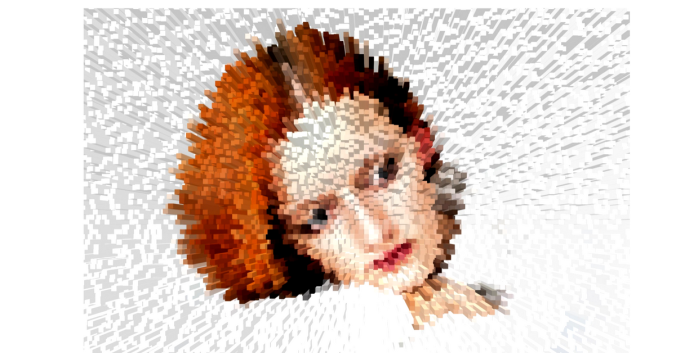If you’ve been hurt in your relationship, it’s natural and normal for you to want to “harm proof” yourself.
The most common request in survivor groups is for information about how to avoid attracting the same kind of hurtful partner in the future.
“How do I avoid ending up in relationship with another abusive person?”

To Claim Healthy Love You Must Recognize Your Own Patterns
It’s a good question and survivors are smart to ask. What we know is that if you are in a relationship that hurts, there are some aspects of your patterns of interacting with potential partners that “alert” them to the fact that you are someone who might easily be taken advantage of. Those are the hooks that a potential abusive partner use to “lure you” into relationship. The problem is that we can’t usually see our vulnerable points until after someone has used them to take advantage. I’ve heard many women speak of their disappointment because they were able to get out of a harmful relationship and then found themselves being hurt again by a different partner! The other person didn’t look the same as the first hurtful partner. But, here they are again, being hurt like before.
It’s a common problem. You leave your abusive relationship, only to find that your next relationship is the same.
After doing this work for myself and so many women I’ve helped, I understand how to break that pattern.
It’s not in being able to spot an abusive person “a mile away.” Although recognizing potentially abusive behaviors in other people is helpful, that is not the way you will “abuse proof” your future.
As I’ve continued to work in the field of Domestic Violence recovery, I have noticed that MOST of the focus is on identifying abusers or identifying abusive patterns.
I think that approach to providing answers just a little too little and a little too late.
Domestic Violence Awareness movement in our country is doing a great job of raising awareness to the problem on a social level. It’s also doing a great job of helping vulnerable people recognize that they can get out of their situations.
All of that is fantastic.
But, what’s next?
How do we stop vulnerable people from being harmed in the first place?
What are the real answers to Breaking the Cycle of violence once the Silence is broken?
There are lots of potential responses related to education in the schools and changes in public policy.
What I’m focusing on here is breaking your cycle.
You need a way to see what is invisible to you but obvious to someone who would take advantage of you.
You need to be able to use this information to abuse-proof yourself in the future.
Seeing this need and recognizing that the information “out there” is filled with answers that ask you to look at other people in hopes of recognizing threat, I want to offer you something different.
I want to offer you something that will help you reclaim yourself. I want to show you the areas where vulnerable people typically get hurt, tell you what you have the right to expect in a relationship and give you permission to ask for what is healthy. It’s called the Relationship Rights Checklist.
This is your first step toward getting what you want in relationship while building a deep connection at the same time.

It’s based on the personal work I’ve done to get myself out of 2 abusive marriage and an oppressive religious upbringing. It’s also based on tried-an-true realities I’ve seen while working as a therapist for the last 2 decades.
It’s my gift to you.
I’d love to hear your feedback. I’m always here to help.
All my love,

© Tamara Bess, LMFT 2016 All Rights Reserved. Any use of this article without Tamara’s express written permission is prohibited.
